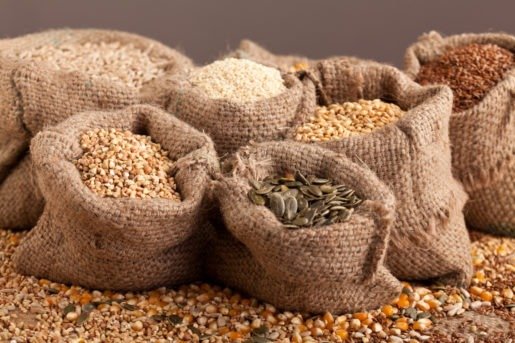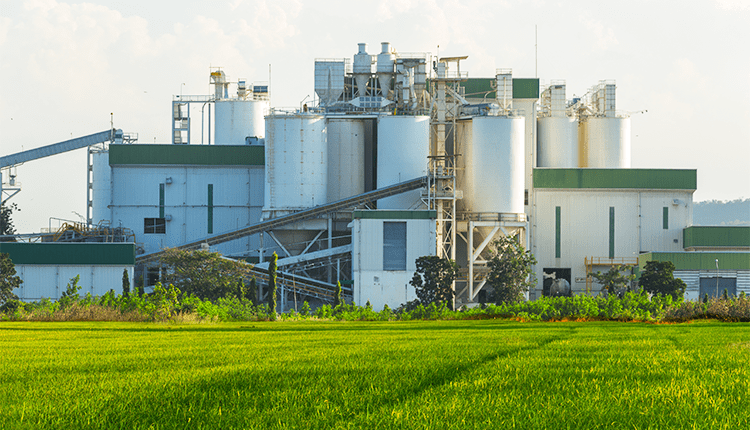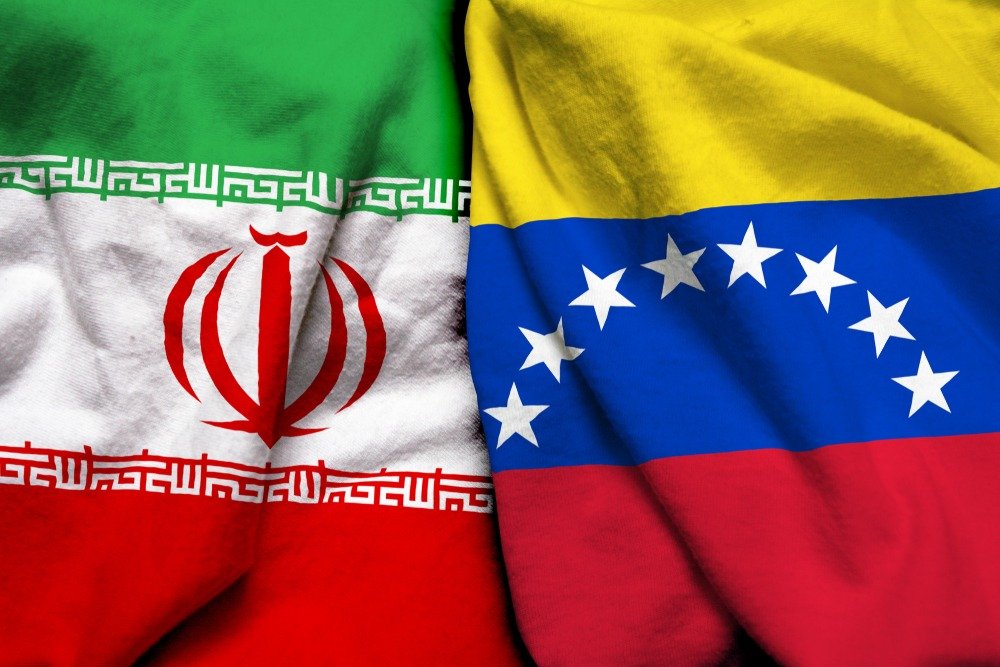In the commodity universe, the oil massacre has been the loudest. US oil prices have plummeted and traded at negative rates. Moreover, finding storage for oil is becoming more and more difficult.
Besides oil, there are other raw materials harmed by the destruction of the energy demand the Coronavirus outbreak has caused. These commodities are corn and sugar. Latter one supplies the raw material for ethanol, the biofuel required as an additive to oil in India and Brazil, and gasoline in the United States.
The reality is that there is as much need to produce ethanol now as there is to provide automobile fuel. Half of the world’s 8 billion people suffer from some form of mobility restriction to control the spread of the Coronavirus. So, hardly anyone drives unless it’s necessary.

Sugar at a minimum in 12 years; Corn at a 4-year low
Sugar prices on the US ICE futures exchange hit nearly 12-year lows on Friday. They dropped more than 30% since late January.
Corn futures from the Chinaco Board of Trade posted four-year lows at $3.09 per bushel, down 20% from the end of December.
On the contrary, the price of ethanol has not gone too bad despite Monday’s oil slump. The price of the commodity hasn’t fallen beyond a month’s lows. However, in annual terms, ethanol futures lost 32%.
Shares in significant ethanol distillers haven’t lost much money this week. The real blow, however, is being received by the cane growers of Uttar Pradesh, the prolific sugar state of India, and the Sao Paulo region, in Brazil, as well as the midwest of the United States.
Even before the beginning of April, India’s sugar mills have struggled to supply ethanol to national oil trading companies to make gasoline and diesel blends.
Crisis in the corn market hurts ethanol
Besides, the corn market has a negative influence on ethanol. Dan Hueber, an analyst in St. Charles, Illinois, says that it is difficult to discuss the logic of correlating less use of corn with less production of ethanol. He pointed out that normally models with the worst-case scenarios are built in the markets. They drive prices well below realistic levels.
Crop observers reported that despite the Coronavirus outbreak, Midwest farmers are already accelerating their planting rate. Warmer spring temperatures are reaching, and it is driving expectations for a massive acreage of harvest in the US.
Oil’s horror story makes it even worse for ethanol
Clif Droke, a commodity specialist at Financial Sense Wealth Management, said that the weakening oil futures prices make expensive ethanol much more costly and reduced demand. The concern that ethanol production is not going to start increasing soon continues to weigh on agricultural futures prices, he said. Droke thinks that there is still a long way to go until ethanol processing becomes profitable again. That makes more sugarcane available for transformation into sugar.
Czarnikow Sugar, a sugar industry researcher, has recently forecasted a 2m tonnes drop in global sugar consumption due to the Coronavirus. Closures of restaurants and cancellations of celebrations are also affecting the demand for sugar.
Droke states that traders will have to watch out for a possible increase in Brazil’s sugar reserves in the coming months as the harvest season reaches its peak this spring.














